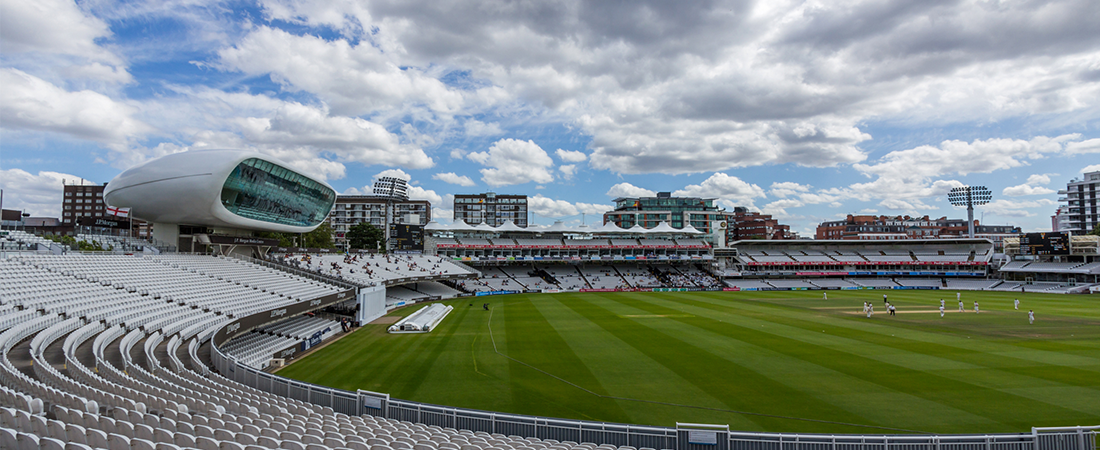There is no doubt about it – 2017 has been a remarkable year for women’s sport in the UK. This summer I found myself sitting with a tear in my eye whilst commentating at a packed out Lord’s Cricket Ground watching England women win the World Cup on home soil. It was a special and emotional moment in history and the stats and exposure that followed highlighted this.
Over 1.1 million tuned in to watch in the UK (more than an average audience for a Premier League men’s football match), with a global audience of 100 million, front pages of the newspapers and the leading page on the whole of the BBC website.
The exposure this summer was vast and was not by any means limited to cricket. The rugby World Cup broadcast on ITV included prime time spots and 2.6 million tuned in to watch the Red Roses take on the Black Ferns. The UEFA European Championships in football on Channel 4 attracted 2.6 million locally and a cumulative audience globally of 81.5 million.
The reach in 2017 has been extraordinary and no doubt will continue to inspire fans and participants around the country.
I was recently reminded of how far things have progressed since I took up the game. In a meeting a few weeks ago with some of our high performing Surrey cricketers in my role as Director of Surrey Women’s Cricket, we were discussing the changes in the game. I nonchalantly asked how many players had played in a skirt? Not one hand went up, not one. I was shocked! Maybe sadly it was a reflection of what happens with age, but to me it was also a reflection of rapid change. When I was their age women weren’t allowed to be members of the MCC until 1999, there was no professionalism, and we were used to crowds of either family or a man and his dog! The pace of progress has been extraordinary. The discussions also highlighted to me is the changing ambitions and expectations of the younger generation. Our up and coming players see their future with professional contracts and media exposure on TV. It is exciting to know this is the direction of travel.
I am conscious however that we still have a lot of work to do. This year felt very much like a breakthrough in public consciousness and putting on the radar the “potential” commercial opportunity, but this still needs to be capitalised upon. Keeping things in context, according to Women In Sport’s most recent survey, women’s sport makes up only 7% of all sports coverage in the UK. Broken down, that’s 10% of TV coverage, 5% of radio coverage, 4% of online coverage, and only 2% of newspaper coverage.
For me there is still a culture shift that needs to take place. I feel with women’s sport we are still in a vicious circle. Large tournaments attract attention, success is celebrated, people are inspired, but this drops off the radar in between and is still not consistent enough to attract the big commercial investment. We have started seeing momentum, for example with the Kia Super League, the Avon partnership with Liverpool Ladies, and the Six Nations on the cusp of a deal, but the facts don’t lie and women’s sport still only attracts 0.4% of commercial investment that goes into sport.
We are seeing more young girls participating at all levels, but still only 26% of girls aged 5-7 and 9% of girls aged 13-15 meet the Chief Medical Officer’s guidelines for physical activity outside school. And when it comes to leadership, although I sit on the board at my club and get to see first hand the changing attitudes, I am conscious the percentage of women on NGB boards has stayed static at 30% and there is actually a decrease of women in senior leadership roles.
I feel we have a wonderful opportunity: 2017 has opened the door, providing evidence that there is not only a demand but also the chance to engage with a wider audience and demographic. What we have seen this year should no doubt continue to excite the broadcasters and open the door for more investment. Let’s hope we look back on 2017 as a year that was a genuine tipping point for women’s sport in the UK.

